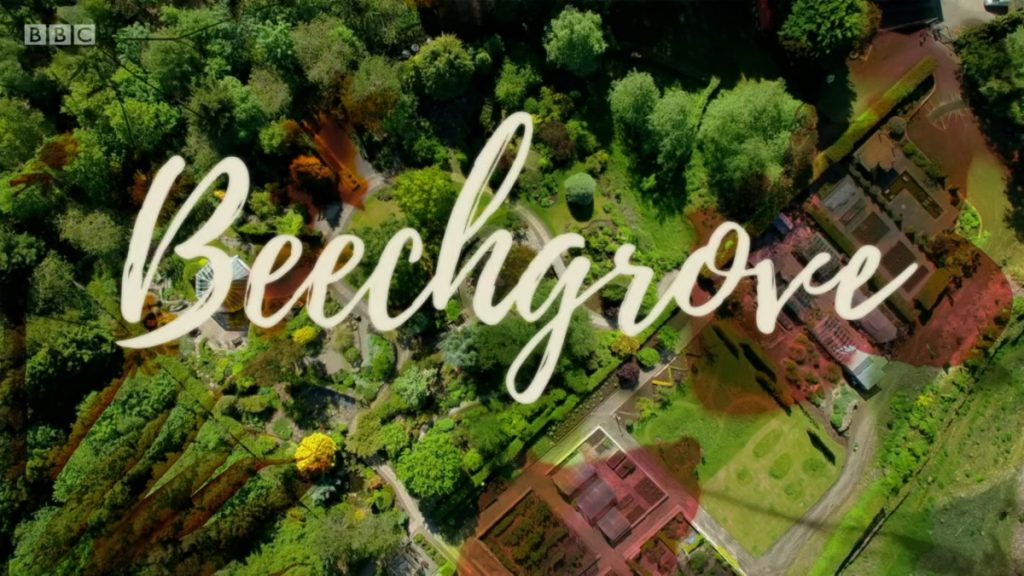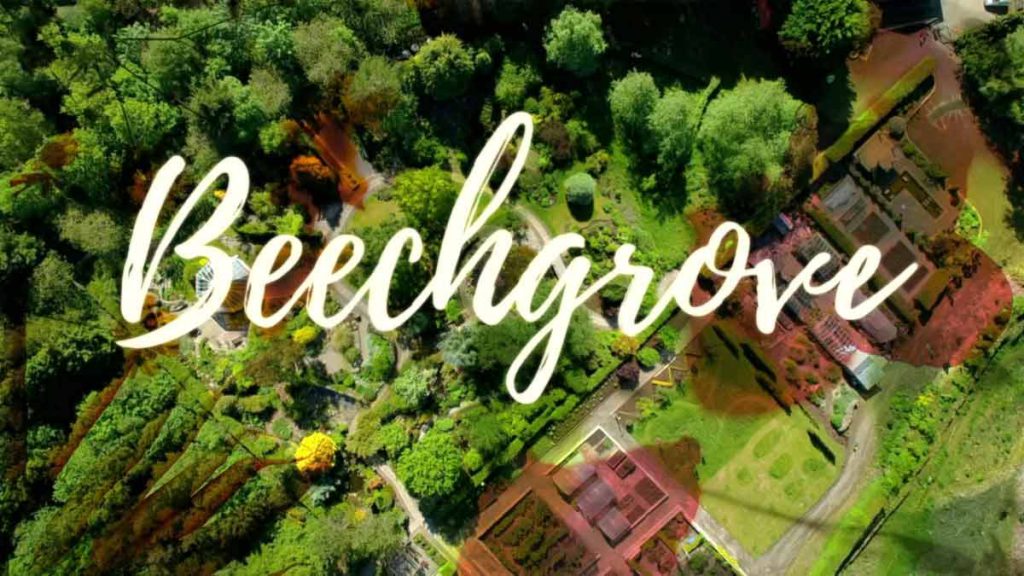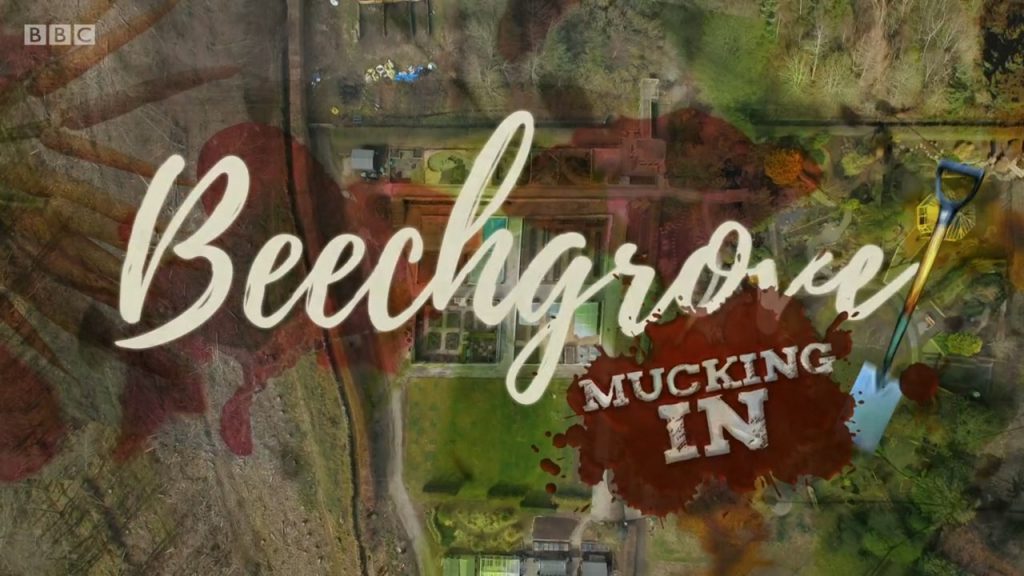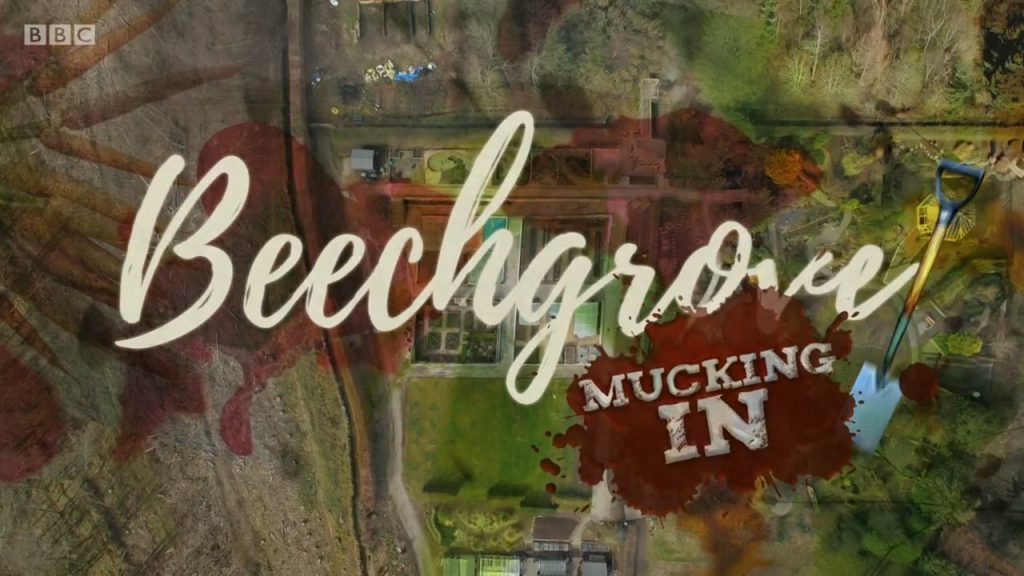The Beechgrove Garden 2022 episode 13: Brian and Carole are at Beechgrove to answer viewers’ questions. Brian also checks up on the sweet peas he planted earlier in the series. There is also a visit to Beechgrove’s low-maintenance garden.
As the name suggests, the garden doesn’t need much in the way of looking after, but there may well be some small jobs required to keep the area looking its best. Meanwhile, George is at his garden tending to the tomatoes and explaining his solar-powered irrigation system.
Celebrating the great Scottish garden. Tips and advice to get the most out of your garden, with inspirational ideas from Scotland’s most beautiful green spaces. The Beechgrove Garden has been on air since 1978 and remains a firm favourite with audiences in Scotland. It consistently outperforms what is being screened by BBC Network in the same slot. At the heart of the series is a 2.5 acre home garden, situated on a cold, inhospitable slope west of Aberdeen, deliberately chosen to reflect Scotland’s harsher climate.
Horticultural advice in gardening magazines and on UK network gardening programmes is rarely suitable for most of the UK outside the South East of England. Beechgrove shares with its viewers the weekly challenge to work with the Scottish conditions to produce maximum yield of as many varieties as possible of fruit, flowers and vegetables.
The Beechgrove Garden 2022 episode 13
How to grow sweet peas at home
Perfect for picking, fragrant sweet peas are easy to grow and come in a range of beautiful colours. You can grow them in pots or in the ground, training them up a frame for a beautiful display. Plant sweet peas near a seating area so you can smell them as you sit and relax in the garden. Or pick some for the vase – even a small amount can fill a room with fragrance.
Plant sweet pea seeds in autumn or spring. When plants are 10cm tall, pinch out the tips to encourage bushy growth. Plant out in mid-spring and keep well watered. Most varieties have tendrils that will ‘self-cling’ to supports, but some sweet peas will need tying in.
Start feeding sweet peas with a high potash fertiliser (such as tomato food) when flower buds appear. Regular picking encourages more flowers to form, so keep picking those blooms for the vase.
Tomatoes – Growing your own
Growing your own tomatoes is simple and just a couple of plants will reward you with plenty of delicious tomatoes through the summer. They’re ideal for growing in containers, either outdoors in a sunny spot or in a greenhouse, and there’s a whole array to try, from tiny sweet cherry tomatoes to full-flavoured giant beefsteaks.
Cordon (or indeterminate) tomatoes grow tall, up to 1.8m (6ft), and require tall supports. They are great for growing in a greenhouse, but will also do well in a sunny spot outdoors, either in the ground or in large
Pots are plastic, metal, ceramic (incl. terracotta) or biodegradable containers with drainage holes in their base. They range in diameter typically from 5-90cm (2in-3ft), but 7.5-15cm (3-5in) are most commonly used for growing on plants and sowing seeds (although seed trays and seed pans (short pots) are also used for seed).
pots against a south-facing wall. They are useful when space is limited, as plants grow vertically, tall and narrow, and produce a heavy crop. They require regular maintenance – watering, feeding, tying to supports and pinching out side-shoots.
Bush (or determinate) tomatoes are shorter and wider, great for smaller gardens, pots and growing bags. Smaller types can also be grown in hanging baskets, with the stems trailing over the sides. These are the easiest type to grow and need little maintenance apart from watering and feeding. The stems don’t usually need support, except if heavily laden with fruit.




